Question:1
Are Bicycles permitted to enter a road when the following traffic sign is placed?
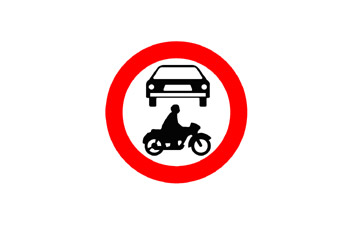
Category : Traffic Signs
Question:2
What risk is a driver facing while making a right turn?
Category : Safety
Question:3
What is the normal pressure in a vehicle’s pneumatic (compressed air) braking system?
Category : Rules and Regulations
Question:4
When a policeman instructs a driver to bring his vehicle for weighing – who is required to pay the weighing expenses if an irregular weight is found?
Category : Rules and Regulations
Question:5
In the following illustration you can see a wide road. Which of the numbers within the illustration marks a road way?
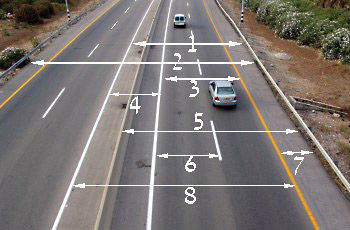
Category : Rules and Regulations
Question:6
”When you drink alcohol, it will take you more time to recover from dazzling(blinding)”. Correct or incorrect?
Category : Safety
Question:7
What is the meaning of the sign?
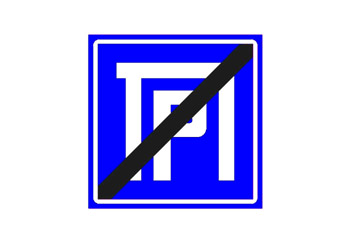
Category : Traffic Signs
Question:8
“Drinking alcohol has a negative effect on the driver’s ability to react”: Correct or incorrect?
Category : Safety
Question:9
Can the details specified in the bill of lading serve as proof of the freight’s weight?
Category : Rules and Regulations
Question:10
What is the general excessive freight width permitted in a commercial vehicle with an all up weight of more than 15,000kg?
Category : Rules and Regulations
Question:11
Who should you give right of way to at an intersection without traffic signs?
Category : Rules and Regulations
Question:12
Who is obliged to obey the “stop” sign in the following picture?
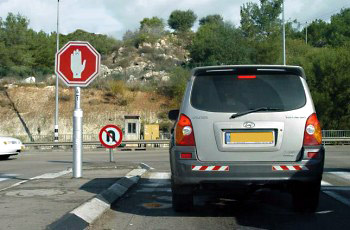
Category : Traffic Signs
Question:13
The white vehicle’s driver is merging into traffic. how would you behave?
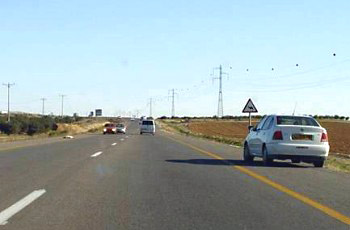
Category : Safety
Question:14
What is the speed limit in an area where the following road sign is placed (and no other road sign indicates otherwise)?
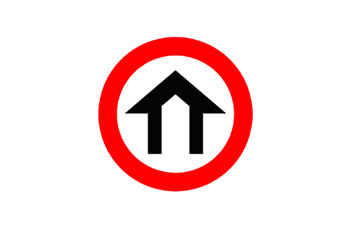
Category : Traffic Signs
Question:15
Define “Junction”:
Category : Rules and Regulations
Question:16
Assuming that the vehicles in the following picture are functioning properly – Which traffic offence was committed according to the picture?
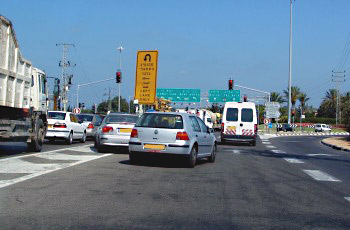
Category : Safety
Question:17
What is a “Tachograph”?
Category : Rules and Regulations
Question:18
What is the meaning of the following traffic sign?
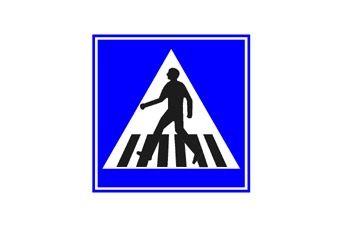
Category : Traffic Signs
Question:19
When is it allowed to use the horn?
Category : Rules and Regulations
Question:20
What is the first stage in getting back on the road from the “hard shoulder”?
Category : Safety
Question:21
What is the meaning of the following traffic sign?
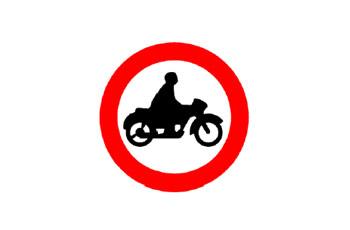
Category : Traffic Signs
Question:22
What is the meaning of the following traffic sign?
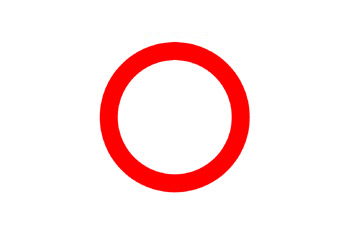
Category : Traffic Signs
Question:23
How would you (vehicle no. 3) conduct yourself in the following intersection?
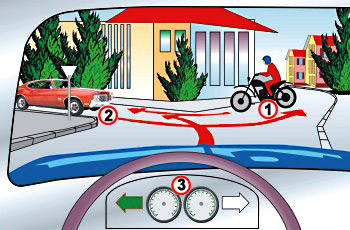
Category : Rules and Regulations
Question:24
What should you do when your driving lane is obstructed?
Category : Rules and Regulations
Question:25
When traffic sign 401 is placed at an entry to a road, which traffic sign should be placed at the entry from the opposite side of the same road?
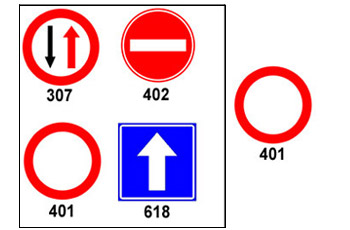
Category : Traffic Signs
Question:26
What is the meaning of the following traffic sign?
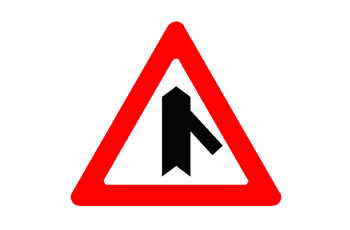
Category : Traffic Signs
Question:27
Is it permitted to seat more than one passenger alongside of the driver?
Category : Rules and Regulations
Question:28
Is a driver permitted to drive over the speed limit while overtaking?
Category : Rules and Regulations
Question:29
What should a driver of an overtaken vehicle do?
Category : Rules and Regulations
Question:30
What is the meaning of the following traffic sign?
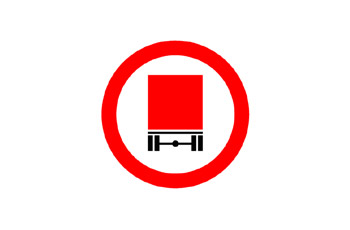
Category : Traffic Signs

